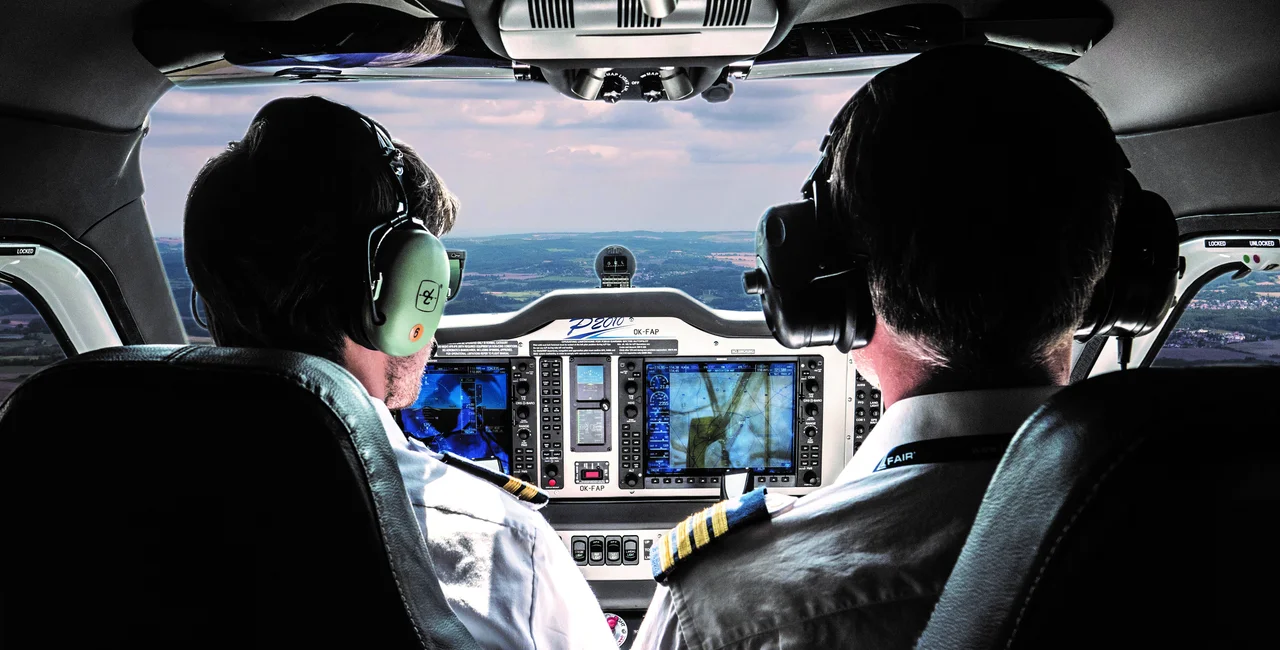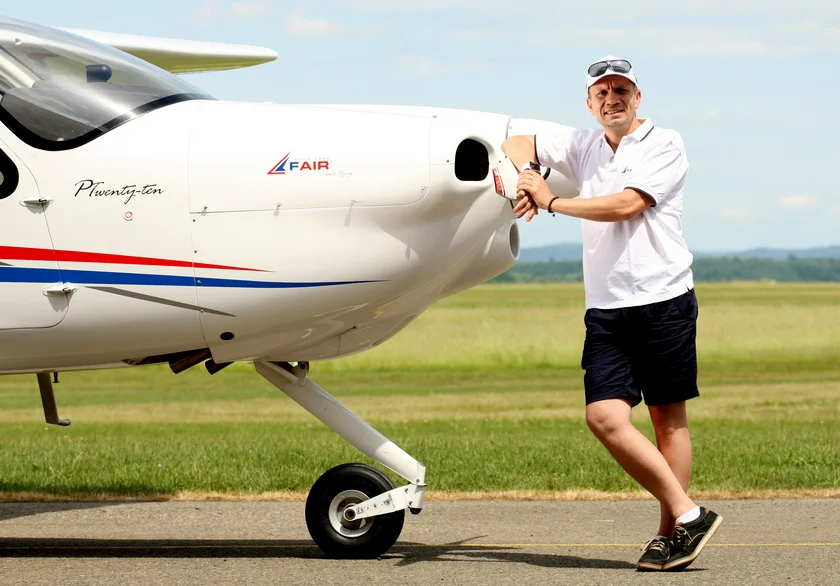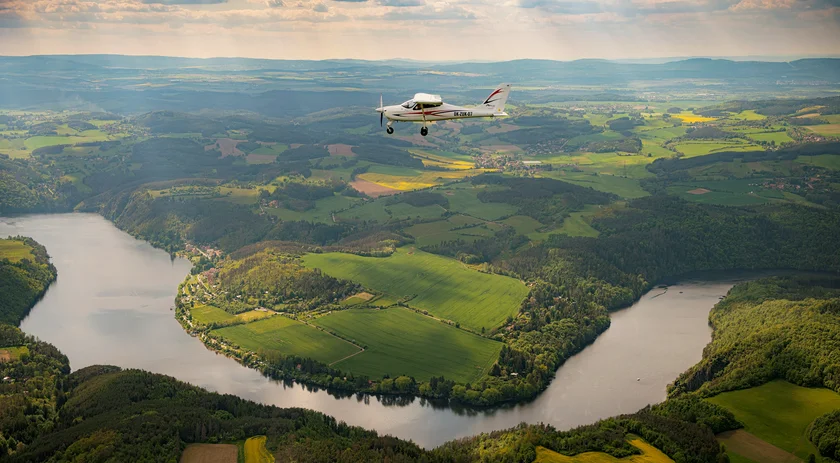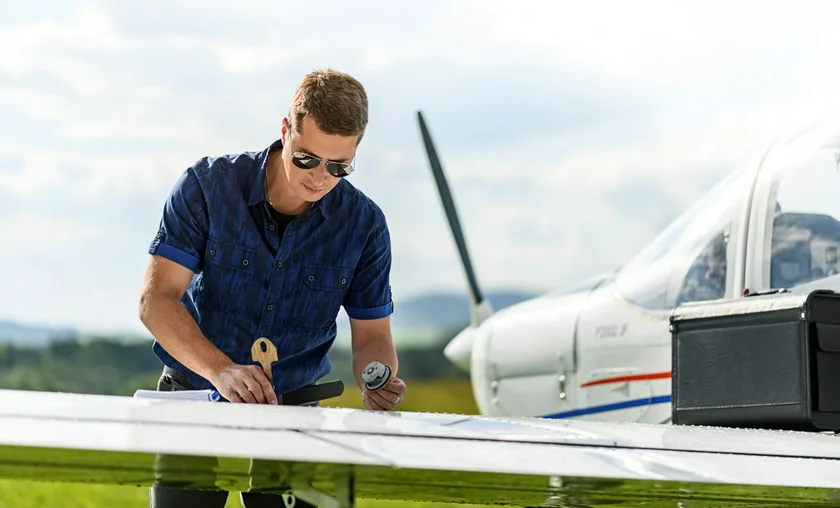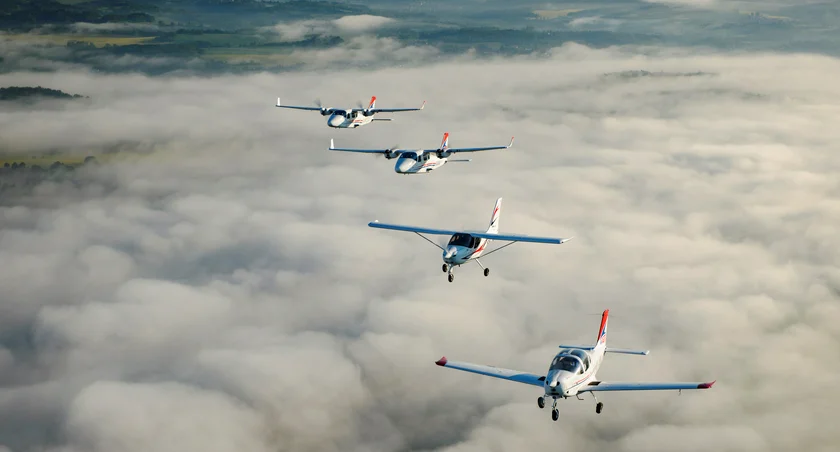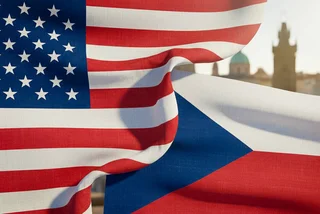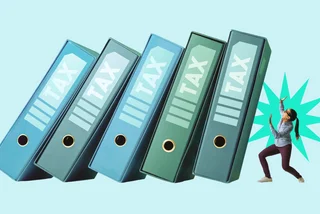If you’ve ever dreamed of flying light aircraft, you’re not alone. Perhaps you once had an adventure or discovery flight over a popular landscape, or even the city of Prague, and once the flight was over, a spark had ignited.
While the Covid crisis has hit the commercial aviation industry particularly hard, this has been mainly restricted to commercial passenger transport and air freight traffic. For private pilots and small business flights, the impact wasn’t as significant.
In fact, companies and pilots that provide private flight services have been experiencing a boom of sorts. Flying privately means less interaction with other people (a major plus during pandemic times) and no delays or restrictions as you would encounter when flying commercial.
Once upon a time, private flying was reserved for just the elite. Today, almost anybody can enroll in flight education and obtain a license. In fact, demand is higher than ever, as more people are realizing the advantages of being able to pilot yourself here and there as the need arises.
In Prague, that demand is being met by F AIR, the largest aviation training center in Central Europe. Established in 1990 as the first private flight school in Central and Eastern Europe, F AIR has successfully trained more then 2600 private and professional pilots from 47 countries in their 31-year history. They now have 4 branches, 43 airplanes, about 40 employees, and 70 flight instructors.
For those considering a license, the options have never been better. As a pilot, you can get to where you need to be faster, take friends for rides, or even fly to a nearby airport for lunch.
”Private pilots use the license for traveling for themselves, for their family, for their companies,” explains Ing. Michal Markovič, CEO at F AIR.
Many fly simply for pleasure. Flying and viewing the world from the air like a bird is really very, very beautiful.
“Very often, they combine both purposes. They are experiencing the real pleasure that comes from the flight itself while reaching their destination very safely and very fast, without worrying about traffic jams. Sometimes, the Private Pilot License could be the first step to become a Professional pilot for some of them.”
The school now offers three "hobby" license variants:
- ULL(A) Ultralight License: Allows you to fly any ultralight plane with a maximum of two people on board, mostly just for fun and the joy of flying. With this license, you can fly around the Czech Republic and to Germany, Slovakia, Poland, plus other EU countries with prior clearance. The ULL(A) license requires 45 hours of theory training, plus a minimum of 20 hours of actual flight training. It’s possible to get a ULL (A) ultralight aircraft pilot for as little as CZK 70,000 in 2-3 months.
- LAPL(A) Light Aircraft Pilot License: Allows you to fly any single-engine piston aircraft to all EASA member states with a maximum of three passengers on board. While this license can also be completed in as little as two months, it requires 40 hours of on-line theory training plus 60 hrs selfstudy, plus a minimum of 35 hours of actual flight training (a minimum of 130 hours of training).
- The PPL(A) Private Pilot license is a globally valid license and the first step on the journey towards becoming a professional pilot. It allows you to fly any single-engine piston aircraft with no set maximum of passengers. This is also a great license for those wanting to fly for the purpose of private or business travel.
For those worried about the safety of small aircraft, Markovič says safety is a key priority in the aviation industry, and every step related to the aircraft design, construction and production goes through a strict certification process. “All parts of an aircraft are regularly checked during fixed mandatory inspections on a regular schedule. This is the main reason why aviation is the safest sector when comparing with any other kind of transport,” Markovič explains.
In addition, Markovič says small airplanes today are equipped with the most modern technologies for navigation and communication, with computers running and monitoring all systems, always double checking things constantly during the entire operation process. “F AIR has created a very sophisticated Safety Management System that covers the operation of all our airplanes, including the ultralights,” Markovič says. “We are proud to say we have had no fatal accidents in our 30 years of our operation.”
F AIR maintains a modern fleet that includes Tecnam, Cessna, and Piper aircrafts, as well as an in-house Mechtronix FNPT II/MCC flight simulator, and extensive ground facilities (classrooms, briefing rooms, a restaurant, accommodations, and a panorama terrace).
Flying a small aircraft is not necessarily much harder than driving a car -- and all things considered, it’s usually a lot safer. If you’ve been dreaming about taking to the skies, there’s no better time than today to make that a reality.
This article was written in association with F AIR Ltd., the first private and one of the largest flight schools in Central and Eastern Europe. To read more about our partner content policies see here.












 Reading time: 4 minutes
Reading time: 4 minutes 